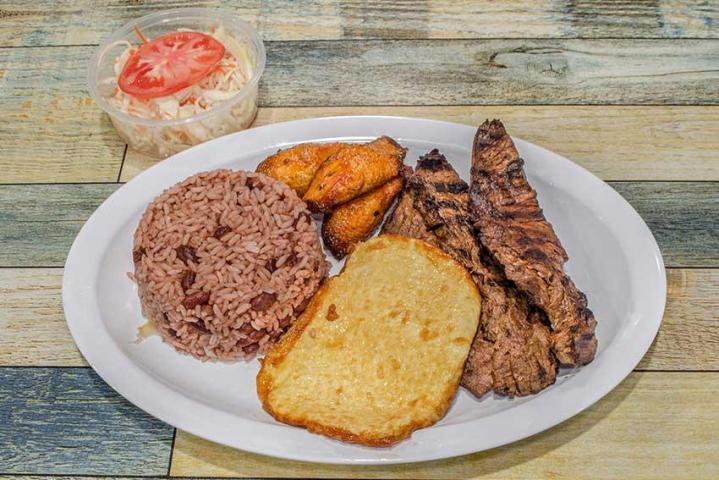What Are the Differences Between Latin American and Spanish Restaurants?

While both Latin American and Spanish restaurants offer delicious cuisine, they each have distinct culinary traditions and flavors. At Carne Asada, we explore the unique characteristics that differentiate these two dining experiences.
Culinary Heritage and Flavor Profiles
One of the primary differences between Latin American and Spanish restaurants lies in their culinary heritage and flavor profiles. Spanish cuisine, rooted in centuries-old traditions, emphasizes rich, savory flavors with influences from Mediterranean ingredients such as olive oil, garlic, and seafood. Signature dishes like paella, tapas (small plates), and gazpacho reflect this heritage, showcasing a balance of flavors and textures that are distinctly Spanish. In contrast, Latin American cuisine is a fusion of indigenous, African, and European culinary traditions, shaped by the diverse cultures and climates of the region. It encompasses a wide range of flavors and ingredients, from the fiery spices of Mexico to the tropical fruits and seafood of the Caribbean and the hearty meats and grains of South America. Dishes like tacos, ceviche, arepas, and feijoada highlight the vibrant and diverse culinary landscape of Latin America. At Carne Asada, we celebrate these differences by offering a menu that showcases the unique flavors and cultural influences of both Spanish and Latin American cuisines, ensuring a dynamic dining experience for our guests.
Regional Variations and Ingredients
Another significant difference between Latin American and Spanish restaurants lies in their regional variations and ingredients. Spanish cuisine is heavily influenced by the diverse regions within Spain, each with its own specialty dishes and local ingredients. For example, the cuisine of Catalonia may feature seafood and rice dishes like paella, while the Basque Country is known for its pintxos (bite-sized snacks) and hearty stews. Ingredients such as Jamón Ibérico (Iberian ham), Manchego cheese, and saffron are staples in Spanish cooking, reflecting the country's rich culinary traditions. In contrast, Latin American cuisine varies widely from country to country, incorporating indigenous ingredients such as corn, beans, potatoes, and tropical fruits alongside European imports like wheat, rice, and meats. Each region offers its own unique specialties, such as Brazilian churrasco (grilled meat), Argentinean empanadas, Peruvian ceviche, and Mexican mole. The use of spices, herbs, and cooking techniques also differs, resulting in a diverse array of flavors and textures that highlight the cultural diversity of Latin America. At Carne Asada, we embrace these regional variations by sourcing authentic ingredients and preparing dishes that capture the essence of both Spanish and Latin American cuisines, providing our guests with a culinary journey that spans continents and cultures.
With a lively atmosphere, friendly service, and delectable dishes, Carne Asada is your ultimate destination for a memorable dining experience. Come savor the taste of Latin America—visit us today!
